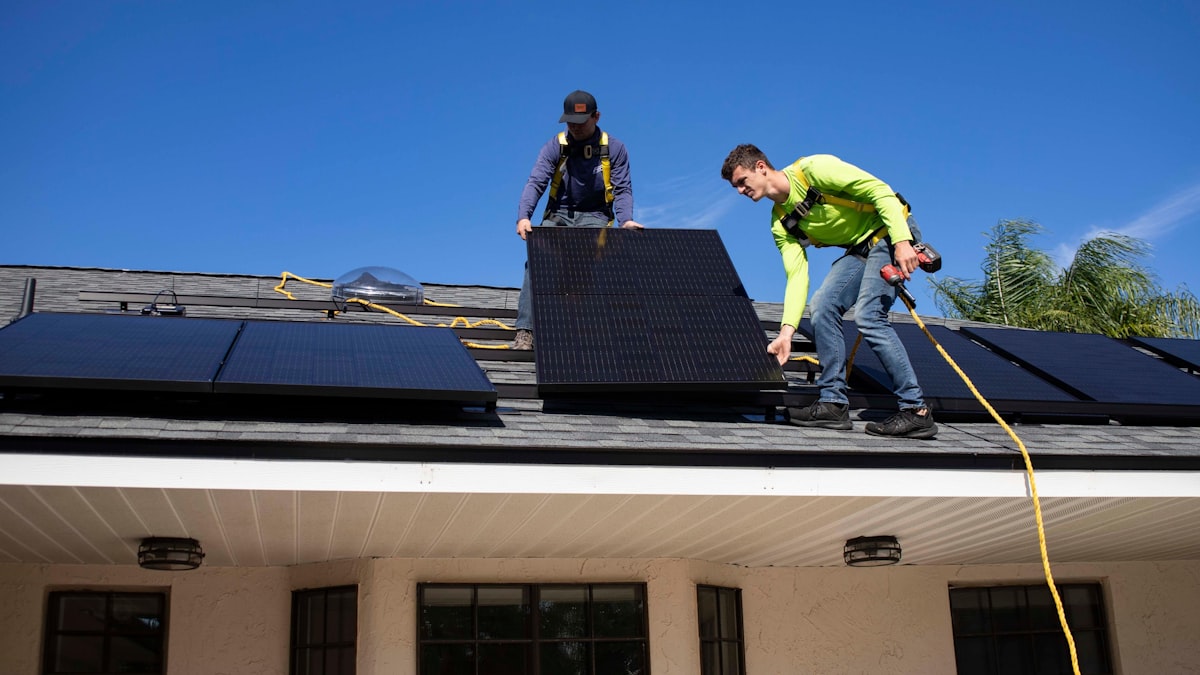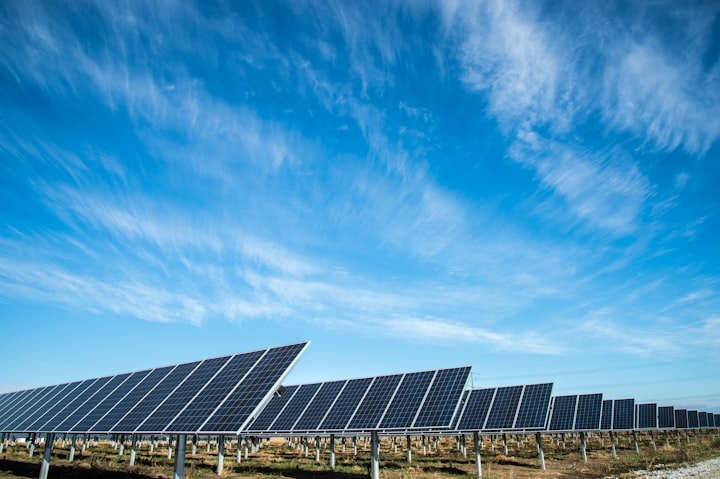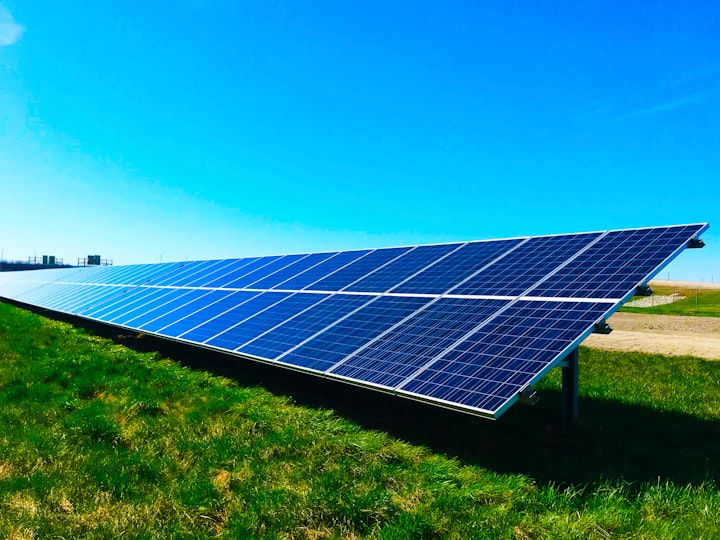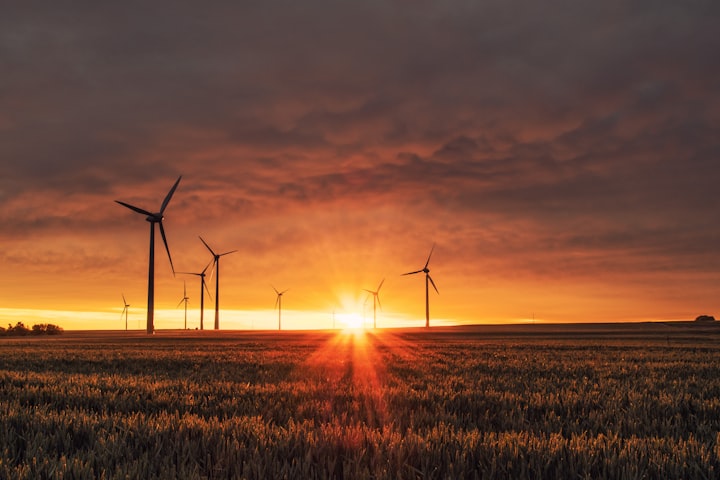U.S. Small-Scale Solar
Not so small small-scale solar
2022 preliminary EIA data is out and we have the highlights
Distributed solar capacity and generation both increased by just under 20% last year
California continues to dominate the market
Surprisingly, New York is the second largest small-scale solar market
You Are My Sunshine
Utility-scale projects are large and time-consuming, with many people involved. Distributed solar is done on a much smaller scale across many more projects - residential (66%), commercial (28%) and industrial - making data and trends more difficult to obtain. At roughly 1.5% of total U.S. generation, distributed solar is a small but growing part of the national grid.
California continues to dominate the small-scale solar market as a result of regulations, incentives and weather. We imagine New York would be one of the last states most people would expect to see leading the U.S. in distributed solar generation, but according to the EIA, the Empire States is the second largest state in the U.S.
Texas may be catching California in utility-scale solar capacity, but has a way to go before reaching California in distributed or total solar capacity.
Trends in small-scale solar capacity factors don't look particularly encouraging. Seasonality adds to the challenges of managing intermittent resources.
The impact of the Inflation Reduction Act has yet to be felt on the small-scale solar market. Subsidies and incentives should accelerate growth, with distributed solar and battery potentially creating virtual power stations, which is happening today.
Additional analysis on the EIA small-scale solar datasets is on the horizon.




